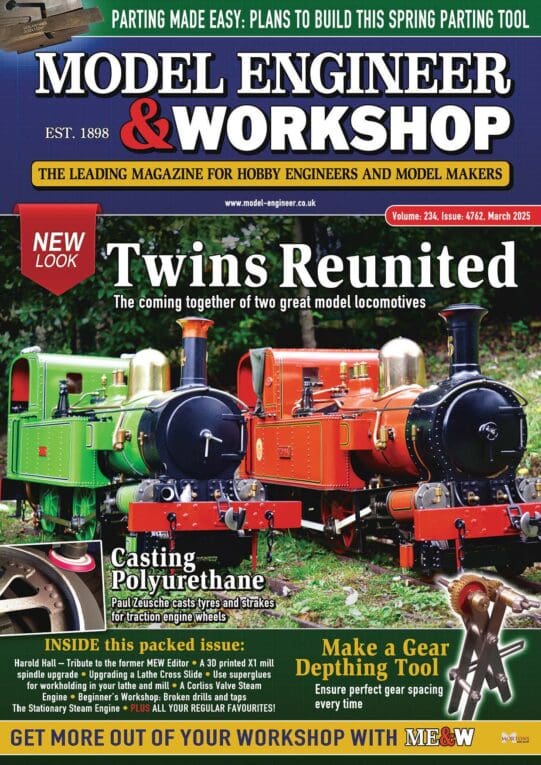Everyone,
Thank you all for your pearls of wisdom and links to supporting material 
As it is such early days I’m keeping my mind very open, but I note in response to your posts:
We have access to CNC lathes and milling machines.
I understand the importance of rigidity in machine tool design, but this attribute cannot be stressed enough so I’m pleased to see several mentions throughout.
Cheers for the concrete suggestions. They were unexpected, but we’ll definitely have a look into this.
A sheet-based Gingery-influenced shaper could prove the way forward, as this can be done entirely in house. John Pace if you do finish it please post photos!
However, Sutton Castings in Nottingham does seem able to handle a great variety of castings – I will send them an email.
I agree that removal of the gear train might help us meet our budget, and the clamps/linear bearing combo sounds promising too.
The cut size that has currently agreed on is 2mm depth by 2mm width on Aluminium (target series: 1000 and 2000).
Joseph Noci 1 – Your ALBA 2S fitment looks brilliant!
The HMEM forum appears to be of great use – I will read this more thoroughly over the weekend.
Woah, that first Cincinnati was smokin’! The size and speed of those chips was mad!
The Elliott has a very fast action and seeing the exposed Steptoe is of great benefit.
I will keep you all updated of progress throughout the project.
Many thanks again,
Ryan
John McNamara.






